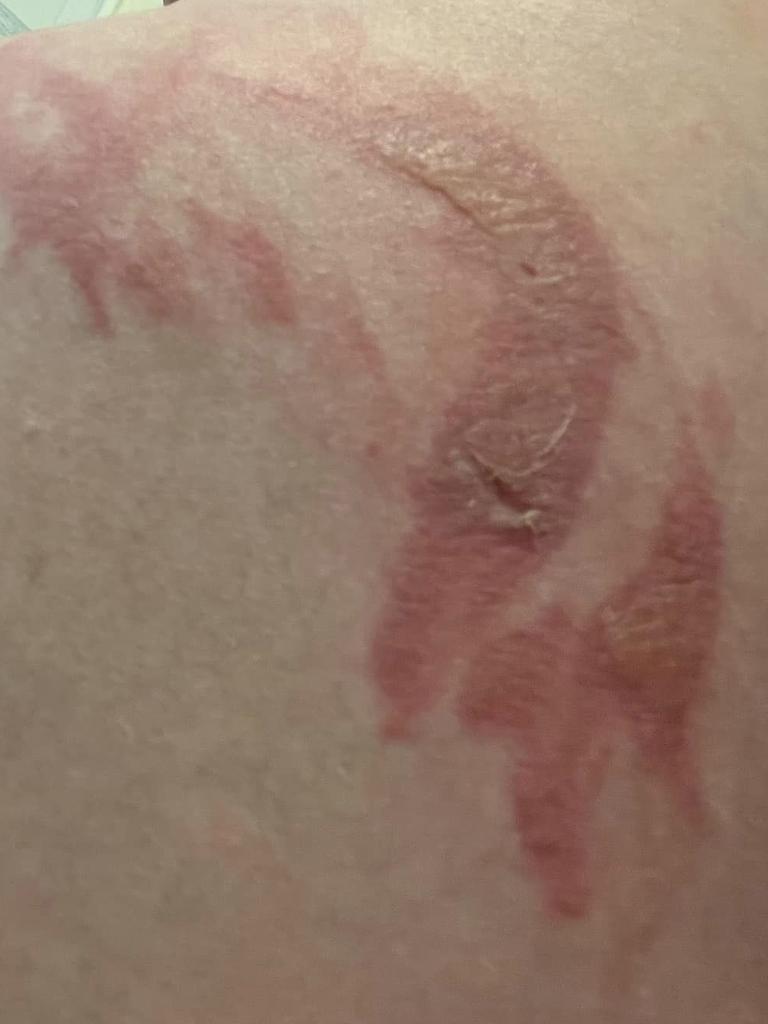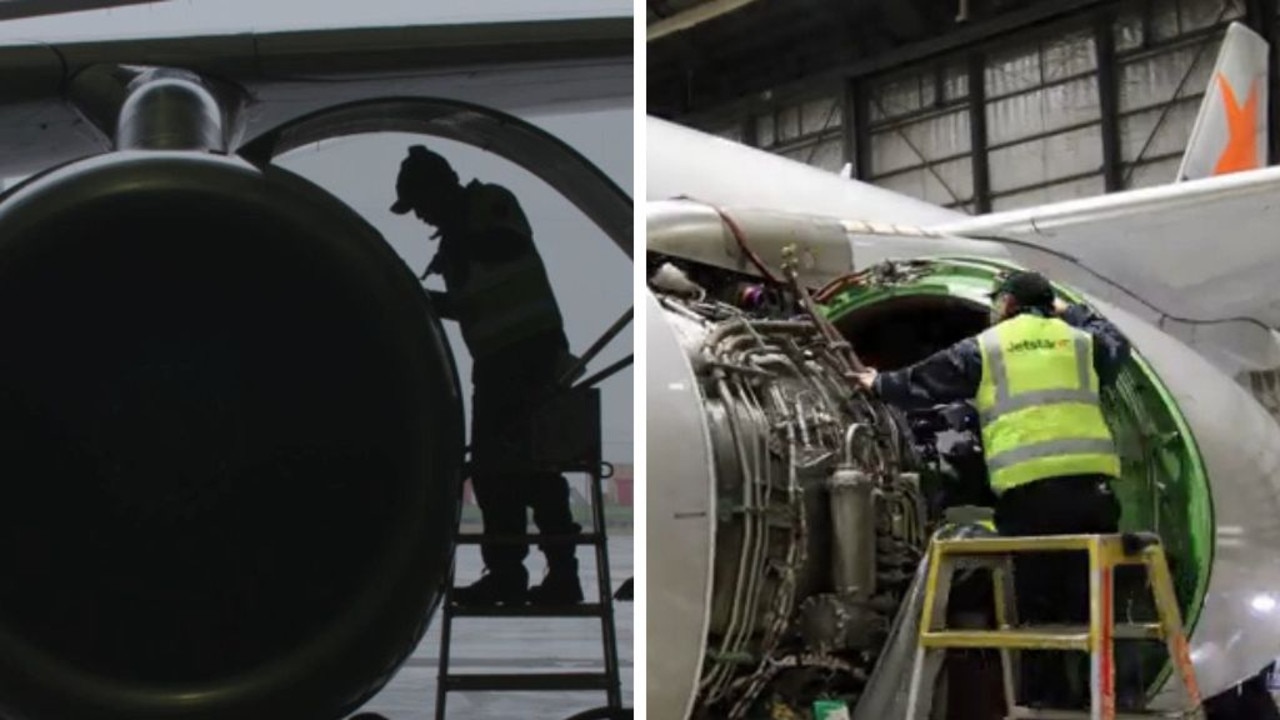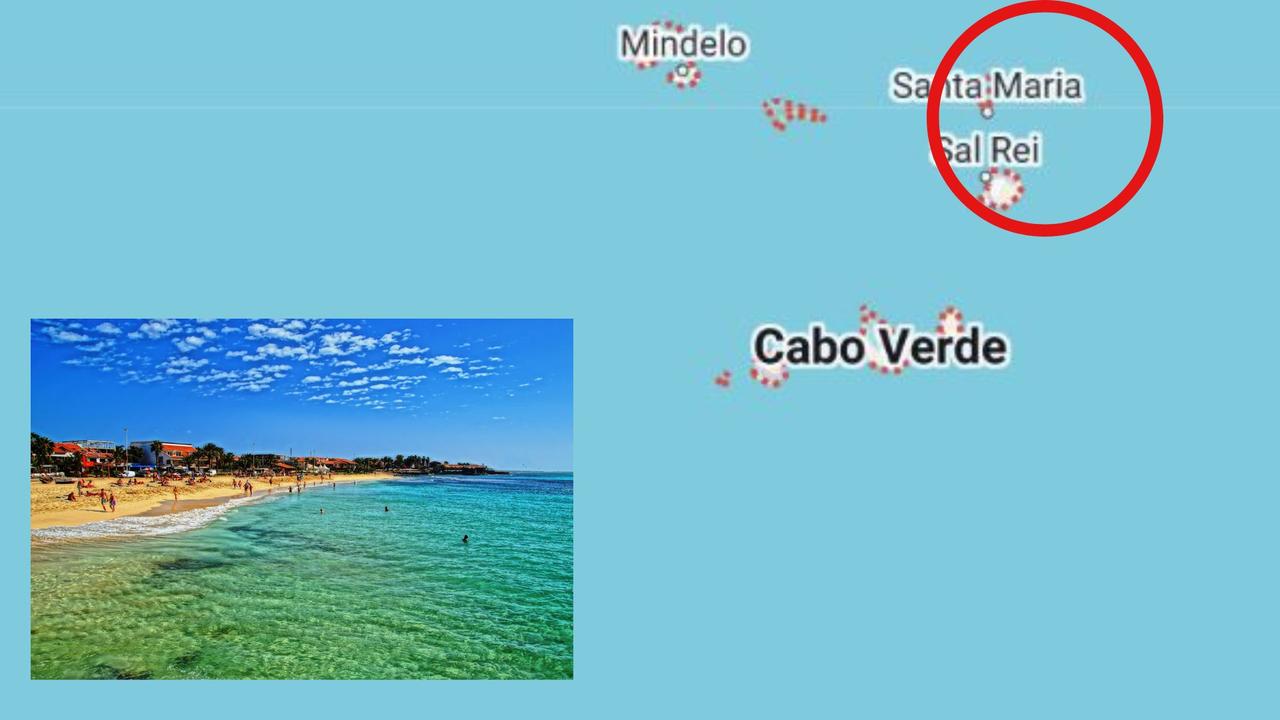‘Very sick’: Aussie nurse’s Bali warning after red rash takes shocking turn
An Australian mother thought she had simply been sunburnt in Bali before things took a shocking turn.
Warning: Graphic images
An Australian nurse was holidaying in Bali with her family last week when a red mark she initially thought was sunburn turned out to be something a lot worse.
Stephanie Moody, who is originally from Canada and now lives in Mudgee, NSW, had been staying Ubud, known for its lush green landscapes, when she noticed the red mark.
She didn’t think much of it at first but about four days later when she was staying in Kuta and getting ready to fly home, little blisters started to appear.
“It looked really gross and it was painful,” Ms Moody told news.com.au.
She was staying at a Hard Rock Hotel, which “luckily” had a medical centre.
“The nurse was like ‘I think you need antibiotics, do you want me to call a doctor?’ and at that point I was like, I will just wait because I’m going back to Australia tonight,” she said.
“Within an hour it turned yellow and became a balloon-like blister, one big yellow one. I ended up starting to feel sick. I was getting fever symptoms and felt really nauseous.”


Ms Moody said she thought perhaps she had “Bali belly” but was feeling “very sick” so the hotel clinic ended up calling a doctor, who said she had come into contact with a venomous insect called the tomcat beetle.
She was given IV antibiotics and creams to treat the area.
“I cannot thank them enough. She (the doctor) did say to me I was really lucky I got it as soon as it started blistering because if I left it untreated and got on the plane, I would have been in a world of plane,” Ms Moody explained.
“She did say she had a little girl come in who had it on one side and because she was touching it, the toxin went to the other leg, and her legs were just covered in these blisters. The toxin can transfer if you touch it.”


Ms Moody said she had seen the beetles “everywhere” in Ubud, but had not felt one touch her.
While the experience has not scared her off Bali and the family will be going back again later this year, Ms Moody wants other travellers to know about the beetle so they refrain from touching the rash and seek treatment immediately.
When speaking to news.com.au on Friday, five days since she landed back in Australia, Ms Moody said she still had new blisters come up again that day. She is hoping it doesn’t scar.
The rove beetle, known locally in Bali as tomcat, is a small insect that looks like a long ant with a pointy posterior.
If you happen to accidentally brush against it or crush it near the skin, it provokes the release of its coelomic fluid, which contains paederin, a strong blistering chemical.

Ecologist and University of Sydney professor Dieter Hochuli previously told news.com.au the toxin is in the blood of the female beetles and is released when you come into contact with them.
“Brushing them away can add to the problem, as you end up smoodging the toxin in the direction of the brush and spreading it," he said.
Prof Hochuli said research suggests the dermatitis it causes takes about 12–36 hours to show, and different people respond in different ways.
“It generally causes a rash that can develop into really nasty blisters,” he said.
“After that it gets irritating and you can get crusty and scaly skin, that takes time to heal.”
Prof Hochuli said he understood it takes a few weeks for the skin to heal, but some people have reported it taking much longer.
More Coverage
He suspects the healing time is dependent on initial exposure and the subsequent conditions for skin healing, like limiting other irritations and infections.
His advises those who come in contact with the beetle to first wash the irritated area with cool soapy water.
“If it’s really bad, steroid creams/ointments may reduce the physical effects the toxin has on the affected areas,” Prof Hochuli added.






